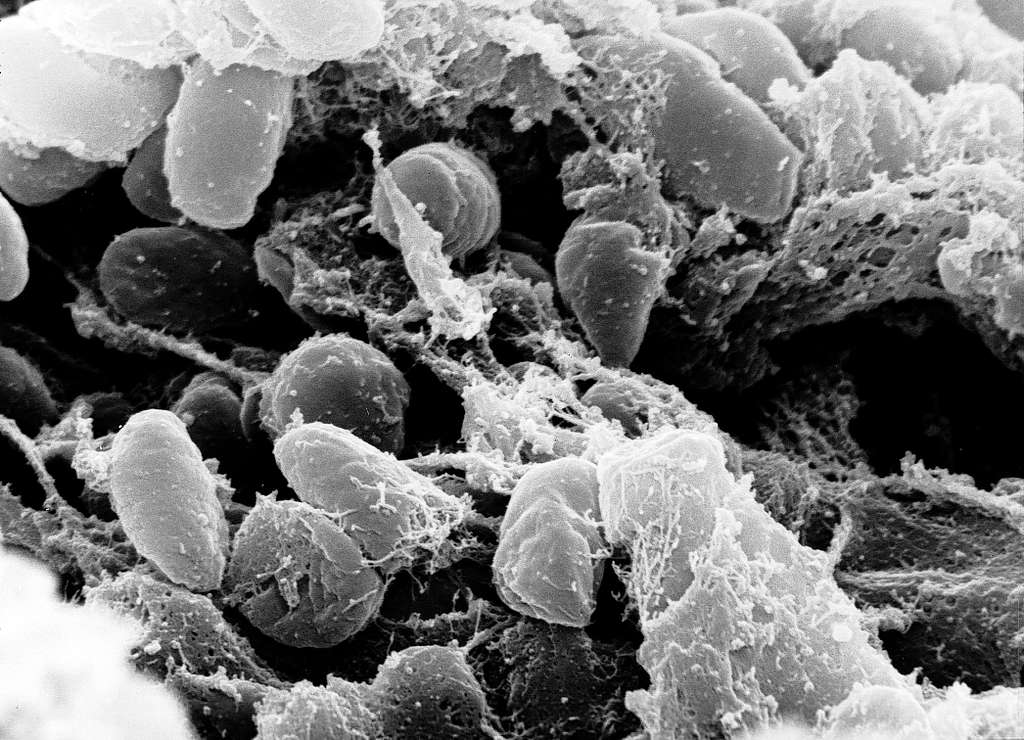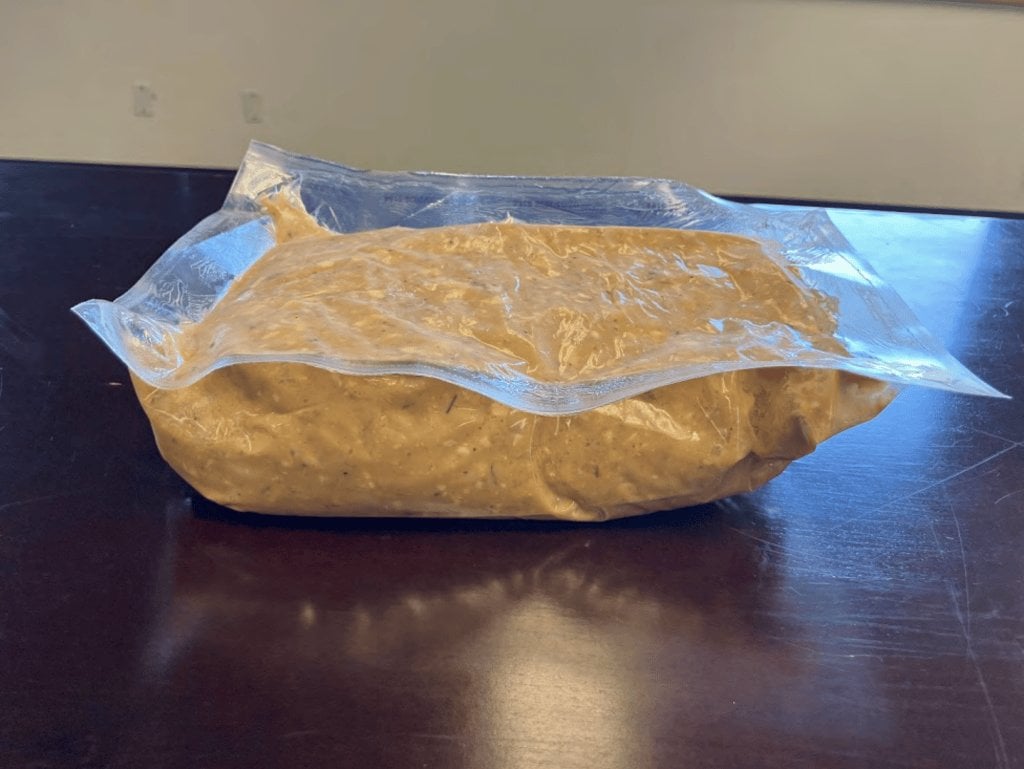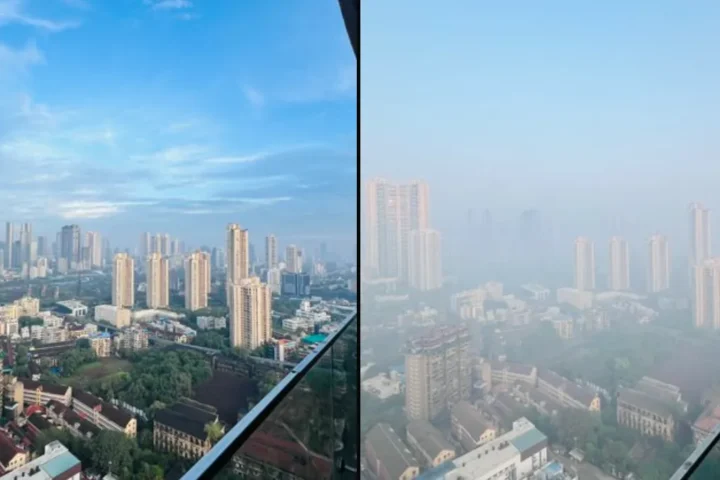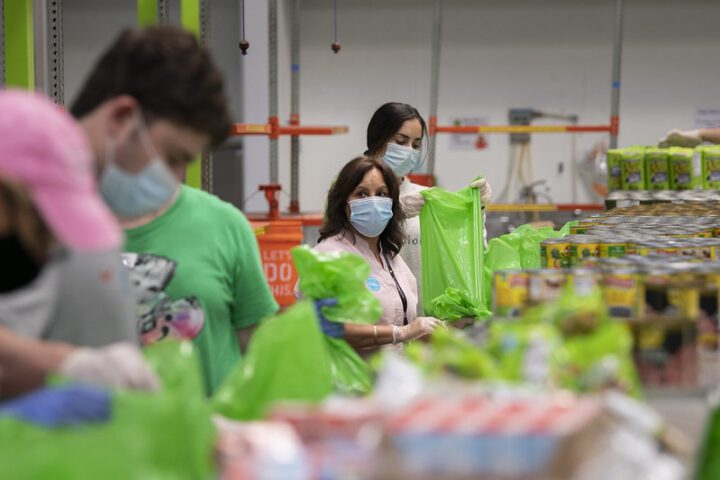A resident of Coconino County, Arizona has died from pneumonic plague. This marks the first death from this rare disease in the county since 2007. Health officials confirmed the death on July 11, 2025, after test results identified the Yersinia pestis bacterium.
The patient arrived at Flagstaff Medical Center’s Emergency Department but did not recover despite proper initial care. They died the same day despite life-saving efforts. Officials have not released the patient’s identity out of respect for the family.
“Our hearts go out to the family and friends of the deceased,” said Coconino County Board of Supervisors Chair Patrice Horstman. “We are keeping them in their thoughts during this difficult time.”
This death is not connected to a recent prairie dog die-off reported in the Townsend-Winona area northeast of Flagstaff. Prairie dogs often die quickly when infected with plague, making them useful indicators of the disease’s presence in an area.
Pneumonic plague affects the lungs and is the most severe form of plague. The Yersinia pestis bacterium causes the infection. It happens when bacteria spread to the lungs from untreated forms of plague. People can also get it by breathing in infected droplets. Death can occur within 18 to 24 hours without treatment. Early symptoms include fever, headache, weakness, chest pain, and bloody or watery cough.
Similar Posts
Modern cases are treatable with antibiotics if caught early. This is unlike the “Black Death” that killed millions in 14th century Europe. Today, only about seven plague cases appear annually in the United States. Most occur in rural areas of western states like northern New Mexico, northern Arizona, southern Colorado, California, southern Oregon, and western Nevada. New Mexico reported more than half of all cases between 1970 and 2020.
Plague typically spreads to humans through flea bites. These fleas usually feed on infected rodents such as prairie dogs, rats, and squirrels. When these animals die, the fleas look for new hosts, including pets and humans. Pneumonic plague is the only form that can pass directly between people through coughed droplets. The risk of catching it from another person remains very low. The last person-to-person transmission in the United States happened in 1924.
“Concern with getting it is extremely, extremely low,” said Dr. Frank LoVecchio, an emergency room physician and Arizona State University professor. “Think about all the people in the United States, right, 330 million or so and we only have about five to 10 cases per year.”
Cats face particular risk from plague. They can become sick after eating infected rodents and potentially expose their owners.
People can protect themselves by avoiding contact with wild animals and their habitats. Using insect repellent with 20-30% DEET prevents flea bites. Pet owners should keep animals on leashes and use vet-approved flea treatments. When hiking or camping in western states, tucking pant cuffs into socks adds protection. Removing brush, rock piles, and lumber around homes reduces places for rodents to live. Anyone who notices sudden die-offs of prairie dogs or other rodents should contact local health authorities.
No plague vaccine is currently available for general use in the United States. Only high-risk groups like lab workers receive vaccination recommendations.
With simple precautions and prompt medical care, plague no longer poses the widespread threat it once did. Still, this recent death reminds us that this historic disease continues to exist in the modern world. Recognizing symptoms early and seeking immediate medical attention remains essential for successful treatment.



















